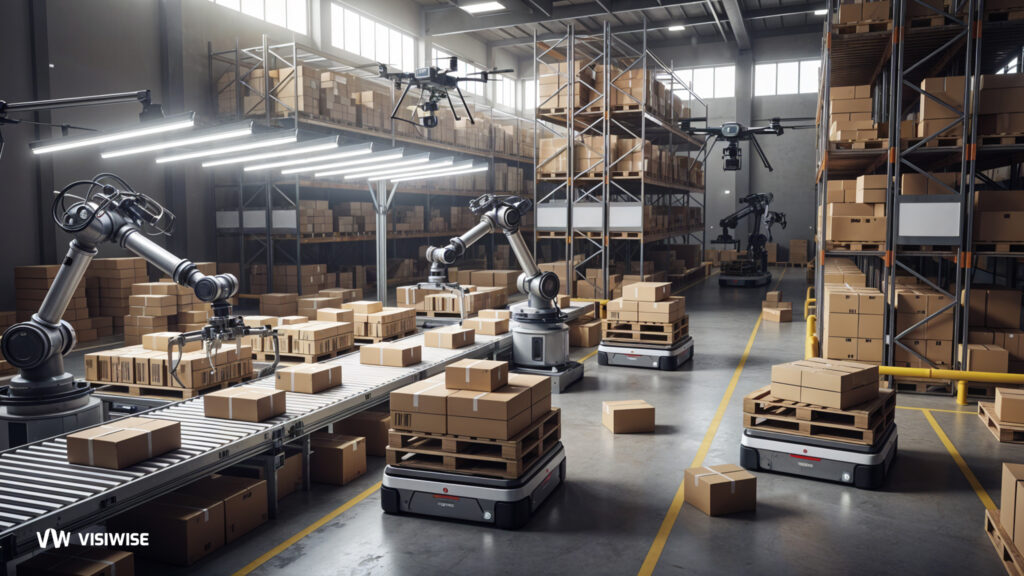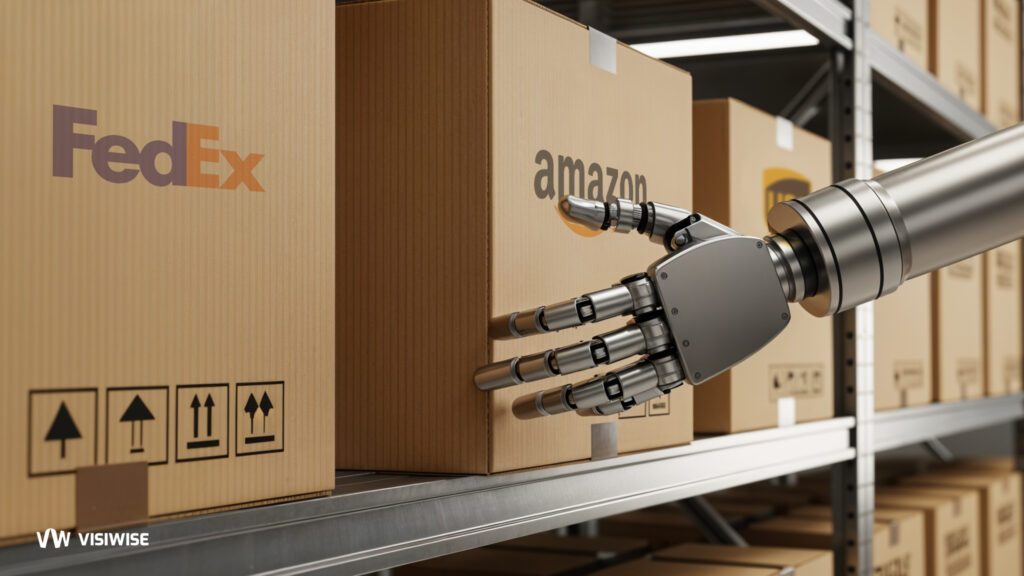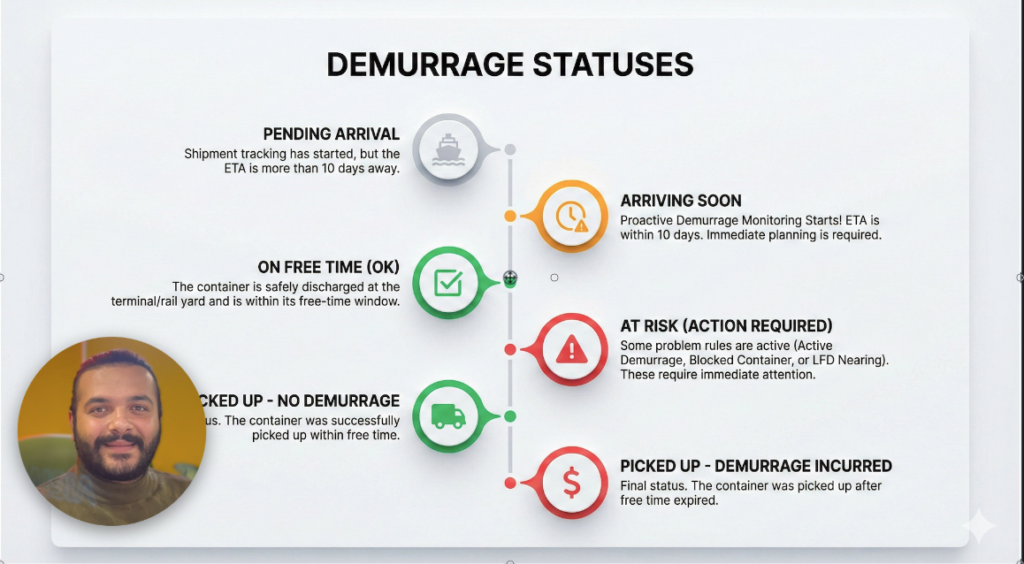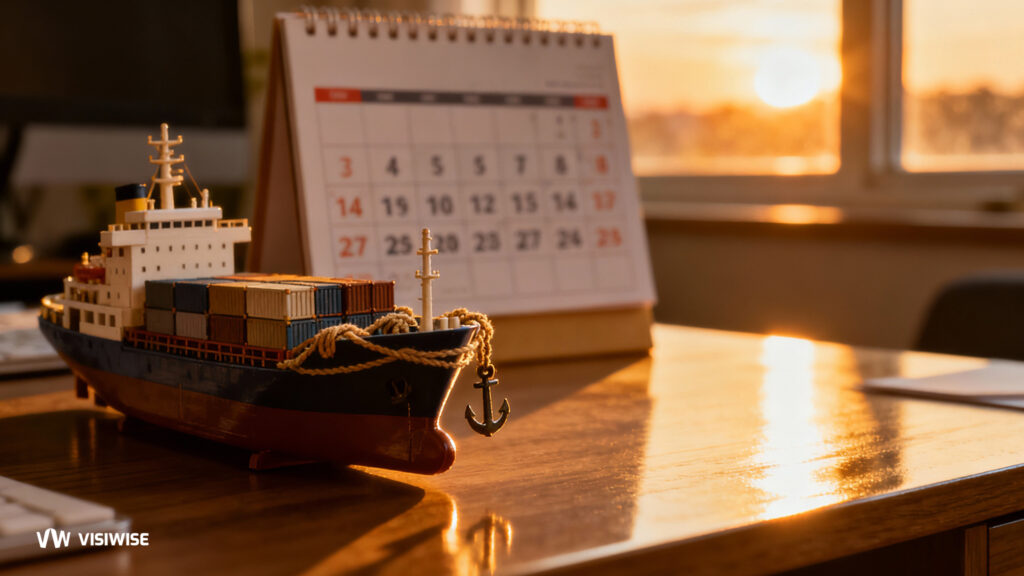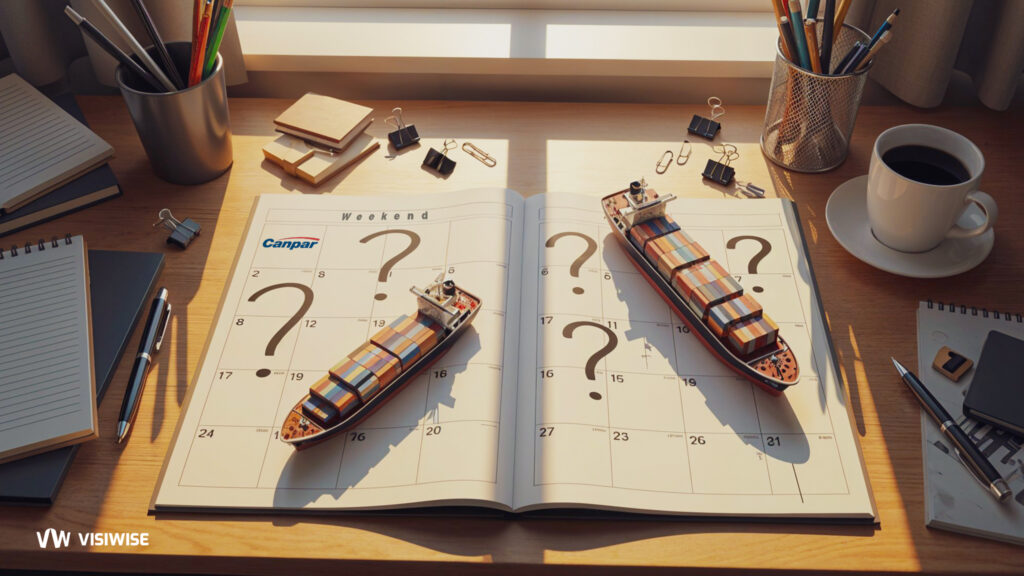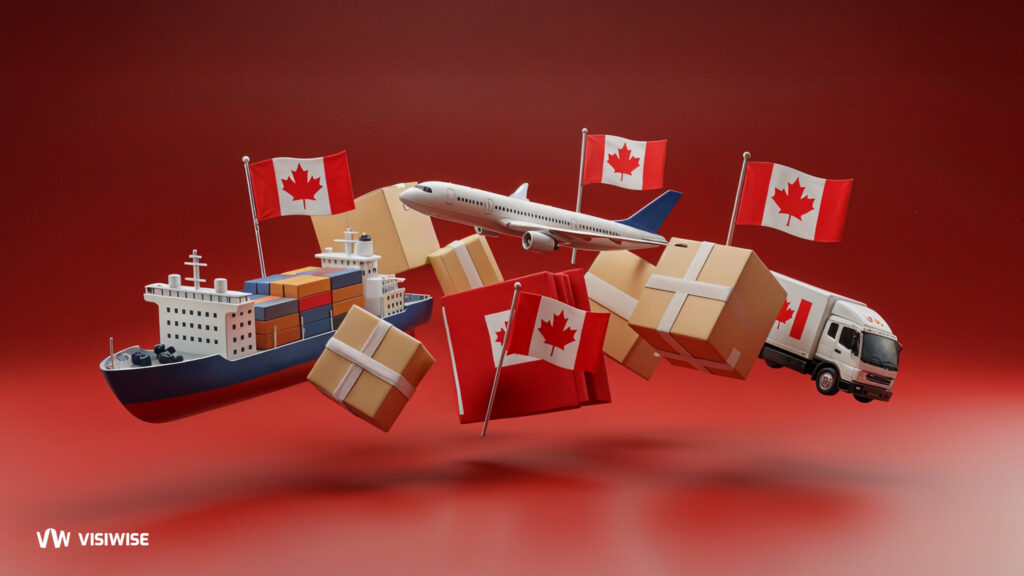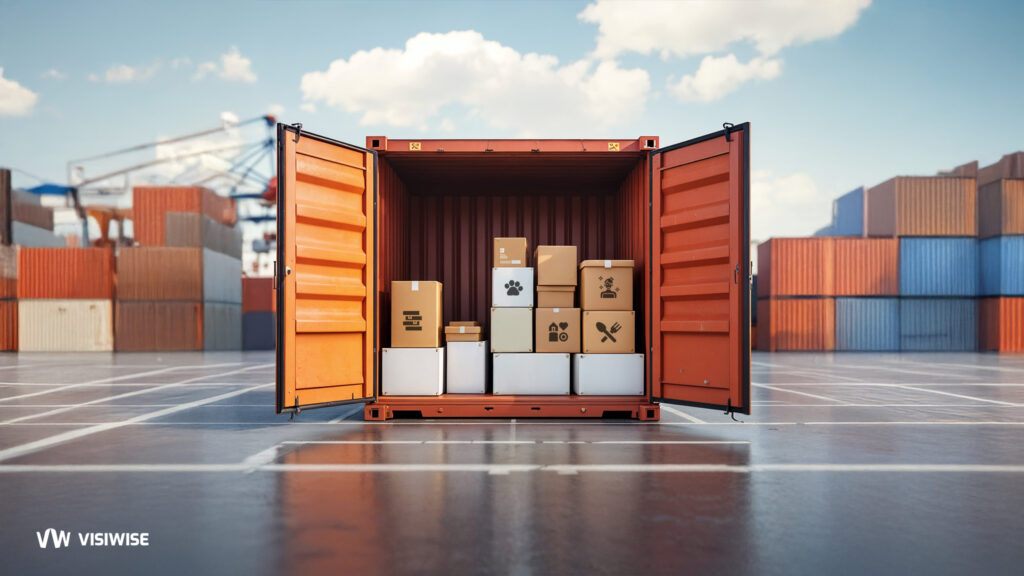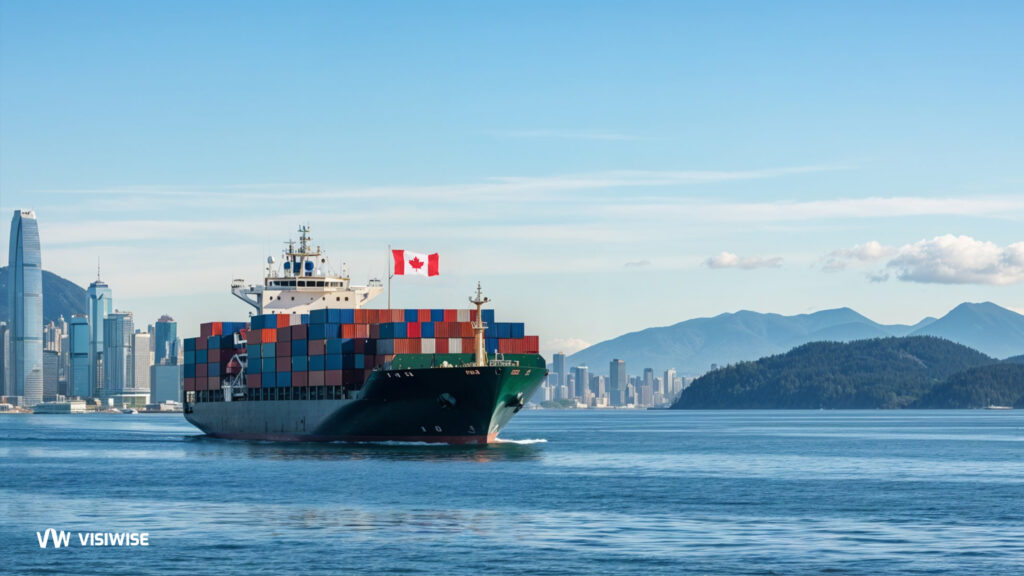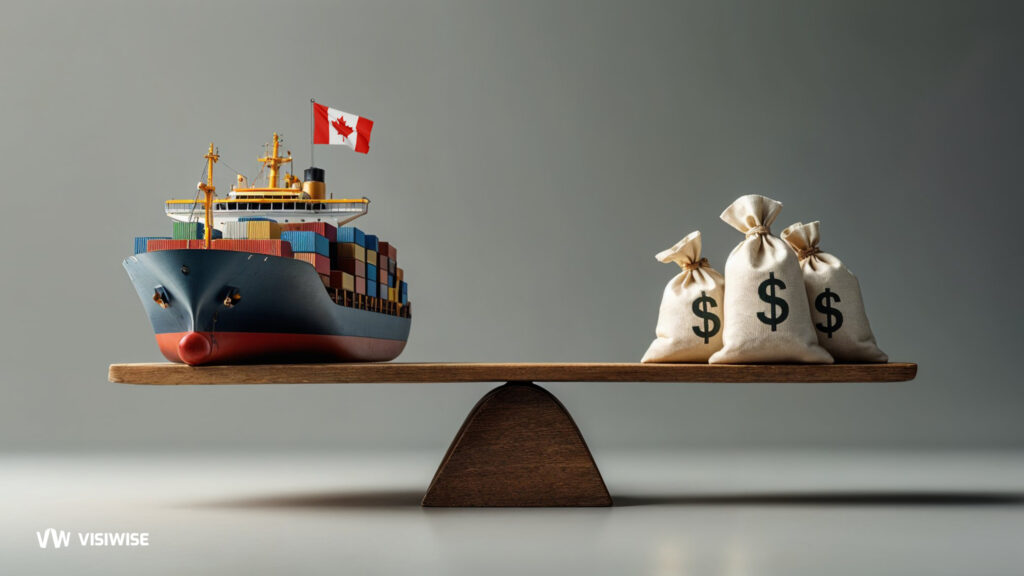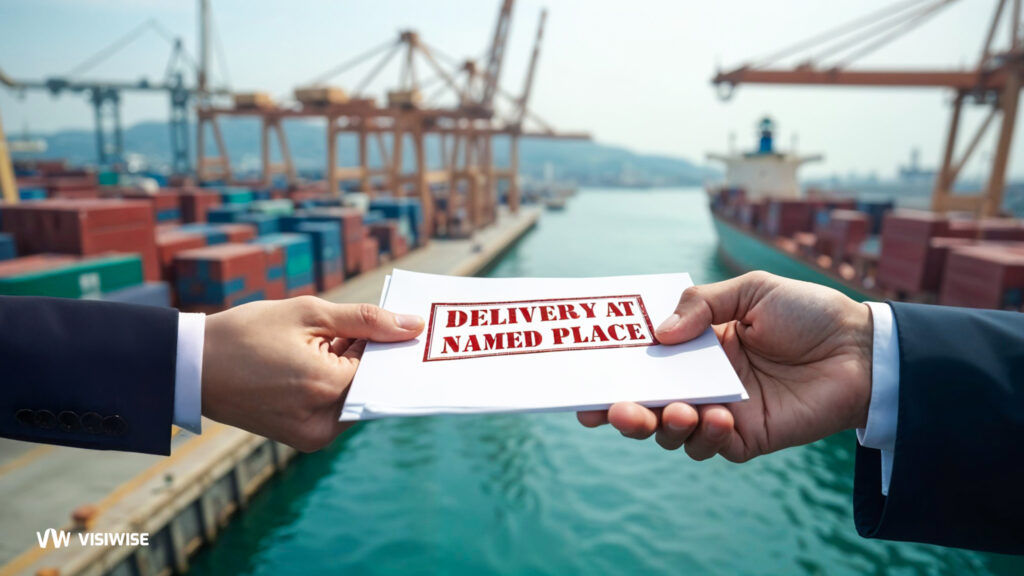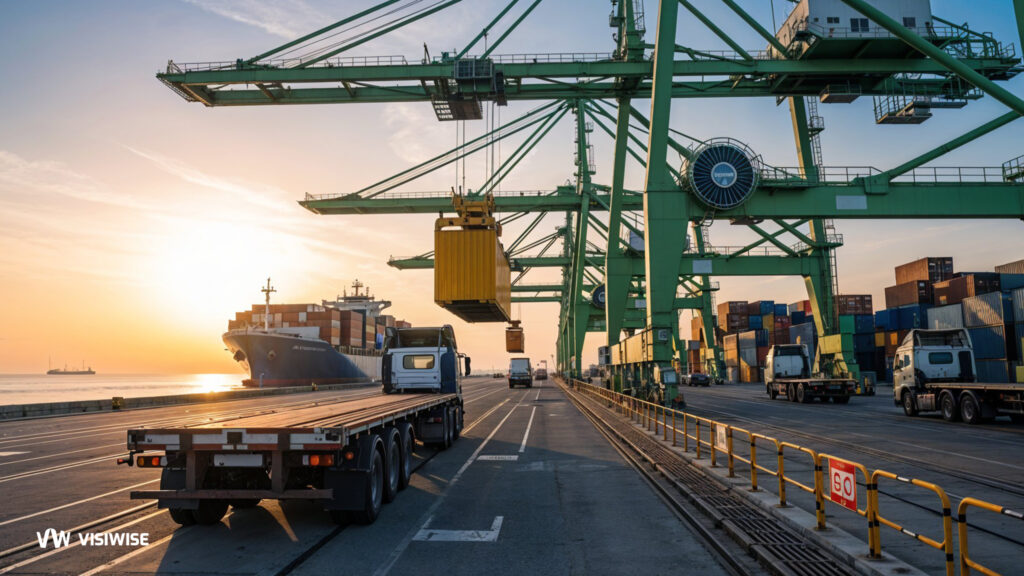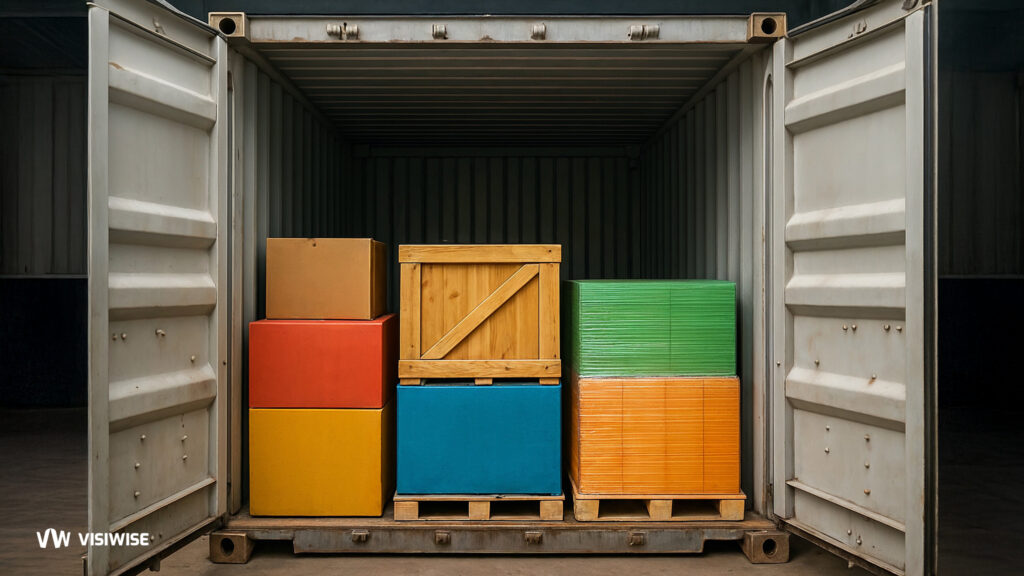Artificial intelligence is reshaping logistics and shipping by replacing reactive processes with intelligent, data-driven systems. From warehouse automation and order fulfillment to container shipping and port operations, AI improves visibility, accelerates decision-making, and strengthens resilience across global supply chains. This article explores how AI is driving more predictive and efficient logistics management.
AI in Supply Chain Risk Management: Real-World Examples & Benefits
AI is redefining supply chain risk management by turning reactive processes into predictive, data-driven systems. From supplier risk scoring to real-time disruption alerts, artificial intelligence helps companies anticipate issues before they occur. This article explores real-world examples and key benefits of using AI to build smarter, more resilient supply chains.
The “Last Free Day” Trap: Why you are still paying Demurrage fees you didn’t owe.
Does Canada Post Deliver on Weekends? 2025 Weekend Delivery Policies & Exceptions
Weekend delivery can make or break your shipping schedule. In this 2025 guide, we explain whether Canada Post delivers on Saturdays or Sundays, which services qualify for weekend delivery, and how businesses can plan around Canada Post’s updated policies and exceptions.
Does Canpar Deliver on Weekends? The Practical Guide for Canadian Shippers
Canpar Express is a trusted name in Canadian parcel delivery, but weekend shipping isn’t as straightforward as weekday service. In this guide, we explain whether Canpar delivers on Saturdays, what restrictions apply, and how Canadian businesses can plan around its weekend options.
Ecommerce Fulfillment in Canada: Challenges, Costs, and Solutions
Ecommerce in Canada is booming, but fulfillment isn’t simple. Vast distances, remote communities, and rising delivery expectations all create unique challenges. In this guide, we explore the costs, hurdles, and practical solutions that help retailers meet customer demands and keep Canada’s ecommerce engine running smoothly.
Canadian Subscription Boxes: Market Overview and Insights
The Canadian subscription box market is expanding fast, moving beyond beauty into snacks, books, and self-care. But success isn’t just about great products—it’s also about how boxes are shipped and presented. In this post, we break down market growth trends, pricing insights, and why shipping plays a decisive role in Canada’s booming subscription box industry.
Shipping Cost from Hong Kong to Canada: 2025 Guide to Modes, Rates & Transit Times
Shipping from Hong Kong to Canada in 2025? This guide breaks down the latest costs, transit times, and options—from air freight and express couriers to full container and less-than-container loads. Learn how to choose the best mode for your budget, speed, and shipping needs.
Saving on Shipping for Your Canadian Small Business
Shipping in Canada can feel like solving a puzzle of zones, carriers, and costs. For small businesses, the key isn’t just finding the cheapest option but learning how to navigate Canada’s unique shipping challenges strategically. With the right approach, you can save money, delight customers, and strengthen your bottom line.
FCA Incoterms® 2020 Guide: Definition, Obligations & Risk Transfer
Incoterms FCA – Free Carrier is the most used of the 11 Incoterms 2020. According to data provided by the International Chamber of Commerce (ICC), FCA represents approximately 30% of foreign trade operations, followed by CIF (22%) and FOB (20%), which are the Incoterms that have traditionally been used in the recent past.
In this guide we are going to explain all you need to know about this incoterm comprehensively.
Drayage Meaning in Logistics (2025 Guide): Definition, Types & Importance
Drayage plays a crucial role in freight shipping by bridging the gap between different modes of transport. This 2025 guide explores what drayage means, its types, and why it’s essential in the logistics and supply chain industry—especially for moving containers between ports, warehouses, and rail terminals.
What Is LCL Shipping? Less‑Than‑Container Load Explained (2025 Guide)
In this article we will go through details of LCL shipment such as how to arrange LCL shipments, cost related for LCL shipments, documents required for LCL shipments and Pros and Corn for LCL shipments.
